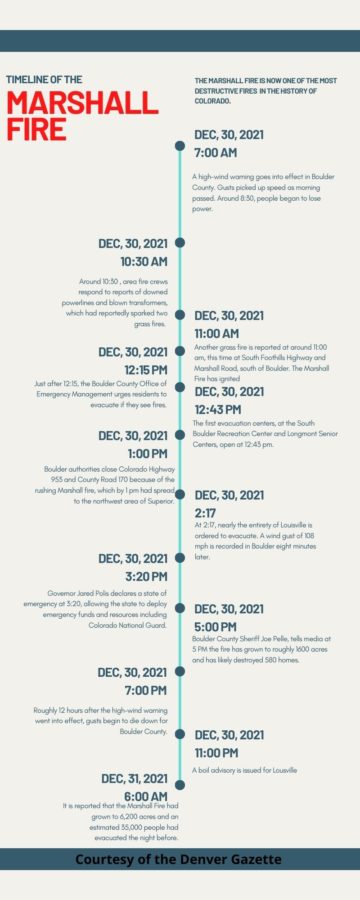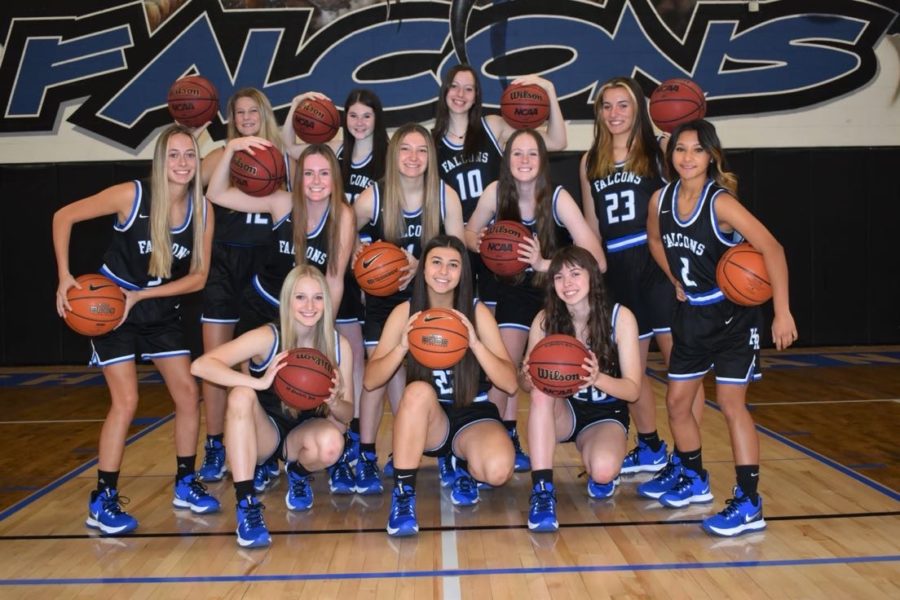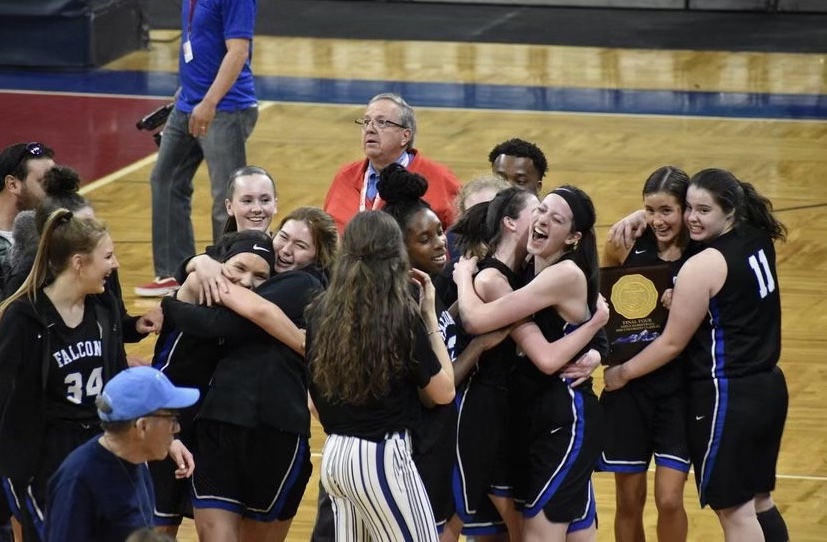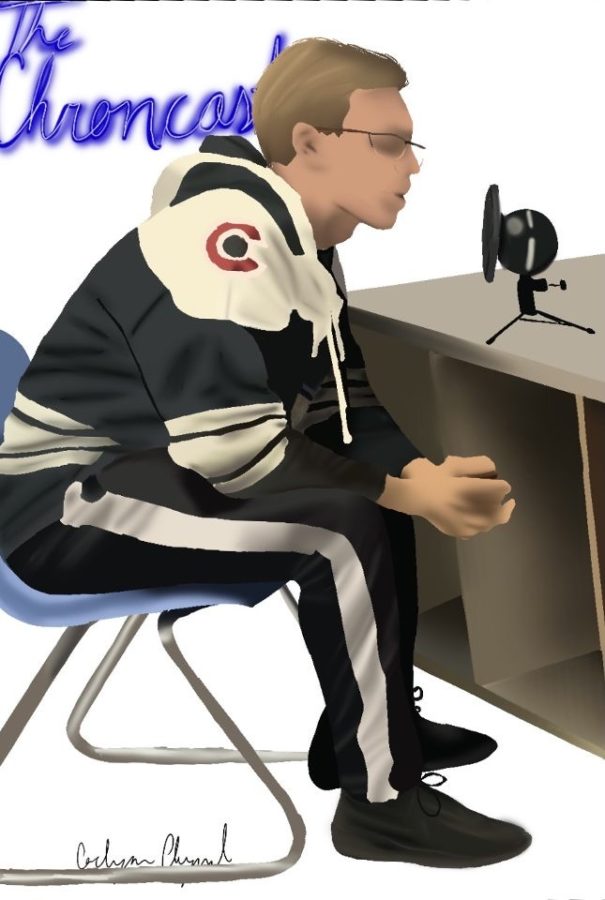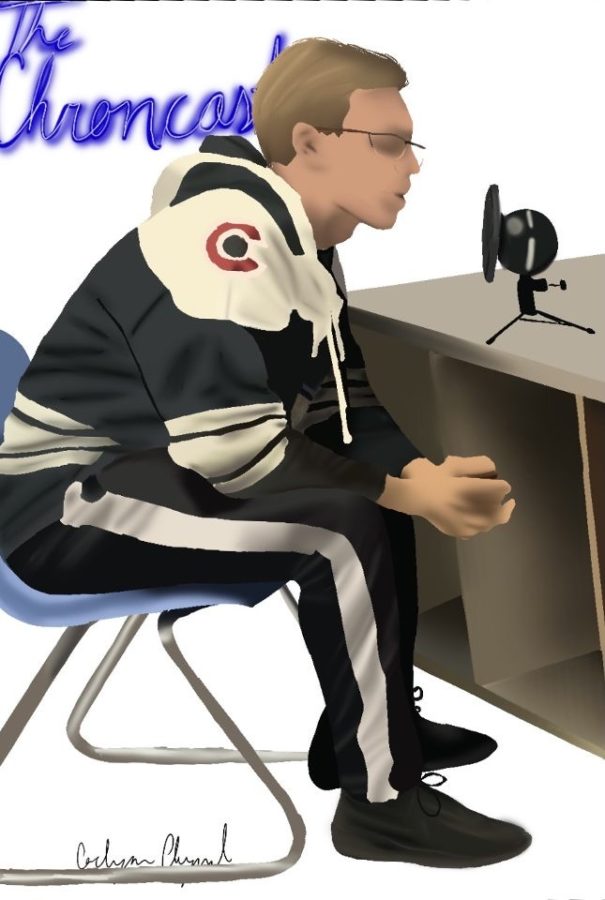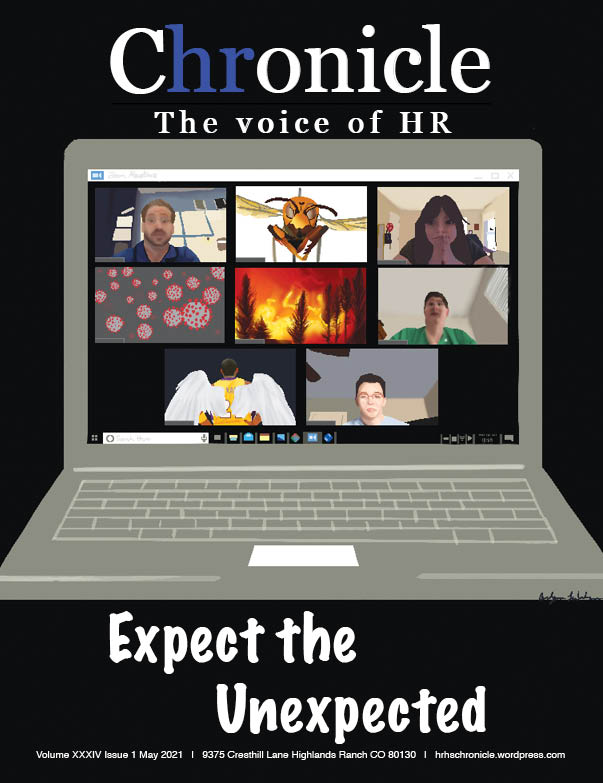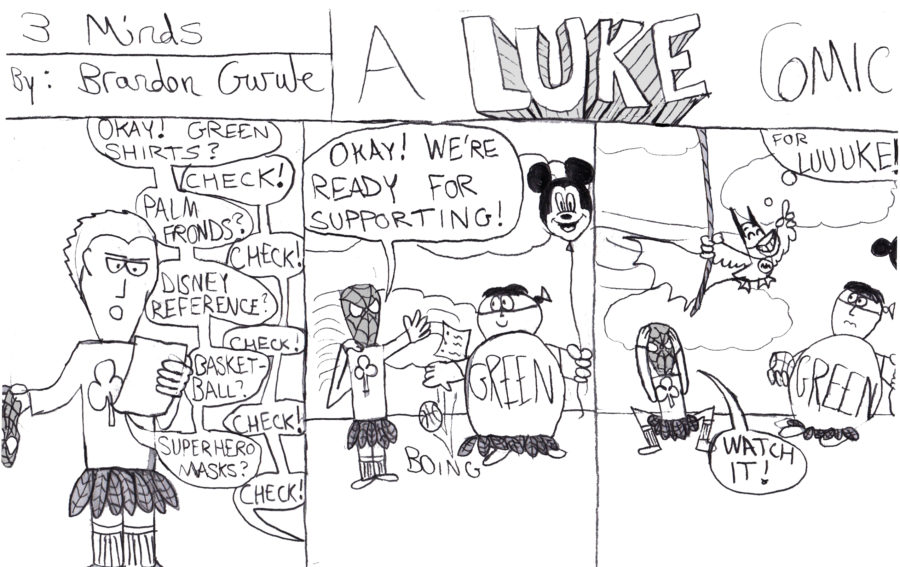Every time we go to see a theater production, we only recognize the actors and actresses, those who perform on the stage for hours. They aren’t the only ones who made this play happen, though. The crew are the ones who made the set, the costumes, and worked all the various tech for the show.
Weeks before the play begins, the crew begins to get to work. For starters, they must design the set for the performance, which takes a bit of design and muscle. Esly Aguilera, sophomore, assistant set designer, helps with this portion. “I help do the sets [and] build them,” said Aguilera. “It’s difficult. There’s a lot of lifting involved, and plus, if you’re not careful, you could get injured.” For Urinetown, the set had to be a waterless dystopian city, which they created using scaffolding onstage. In order to change the landscape of the stage without moving the scaffolding, they instead used lighting and banners to decorate the simple space.
After the set comes acquiring costumes for the play, and it is the job of Alexa Fitzpatrick, junior, costume designer, to do so. “It’s stressful, because you have to make sure people are happy with [their costumes], that they all fit, and I had to thrift all the costumes because our person who supplies us with them quit,” said Fitzpatrick. On the topic of making a single costume, Fitzpatrick said “It’s not that difficult. It’s just you envision something, and it’s hard putting it down.” For this production, Fitzpatrick had to create clothes for a poor rebellion, which had nearly a dozen actors, as well as put together office apparel for those of the Urine Good Company, and police officers enforcing their regulations.
After the performance’s image is complete, the tech crew must prepare lights, audio, and special effects. This comes down to students like Ben Coleman, who works with audio in the booth sitting atop the stands. “I control the sound elements that go on in Urinetown,” said Coleman, “I have to make sure all the body packs (which they use to help get the sound from the stage to the booth) I have to make sure that they all have batteries, that they all are turned on, and everything is getting sound.” On the difficulties of the job, Coleman said “I have to unmute people when they go onstage to make sure [the actors] are able to be heard in the audience.” This requires knowledge of when the actors come on and also specifics of the actors themselves, such as where they come from or how they will enter the scene. Coleman says sound is a “minor element” in Urinetown, but it is still important.
This cycle, however, must be managed. Who manages this job? None other than Tech Director Keegan Jenney. “I’m here to help create the entire technical side of all of our productions, including building the set, lights, props, costumes, all of that stuff. That’s what I do.” Jenney doesn’t do it all alone, though. “Obviously not by myself, we have student designers and whatnot, but it’s my job to make it happen.” Jenney helps the students put they play together: planning, paperwork, and design are a few. She has to take what students give her and turn it into a “physical object.”
Even though you commonly recognize the actors and actresses in a theater, remember the crew, the ones who built that set, designed those costumes, worked the music, and managed all of it, and overcame various difficulties to do so.

John Boughey, Online Editor


